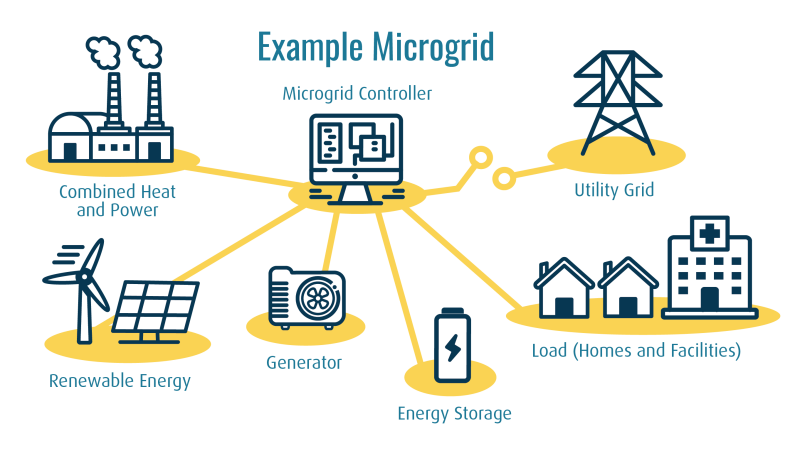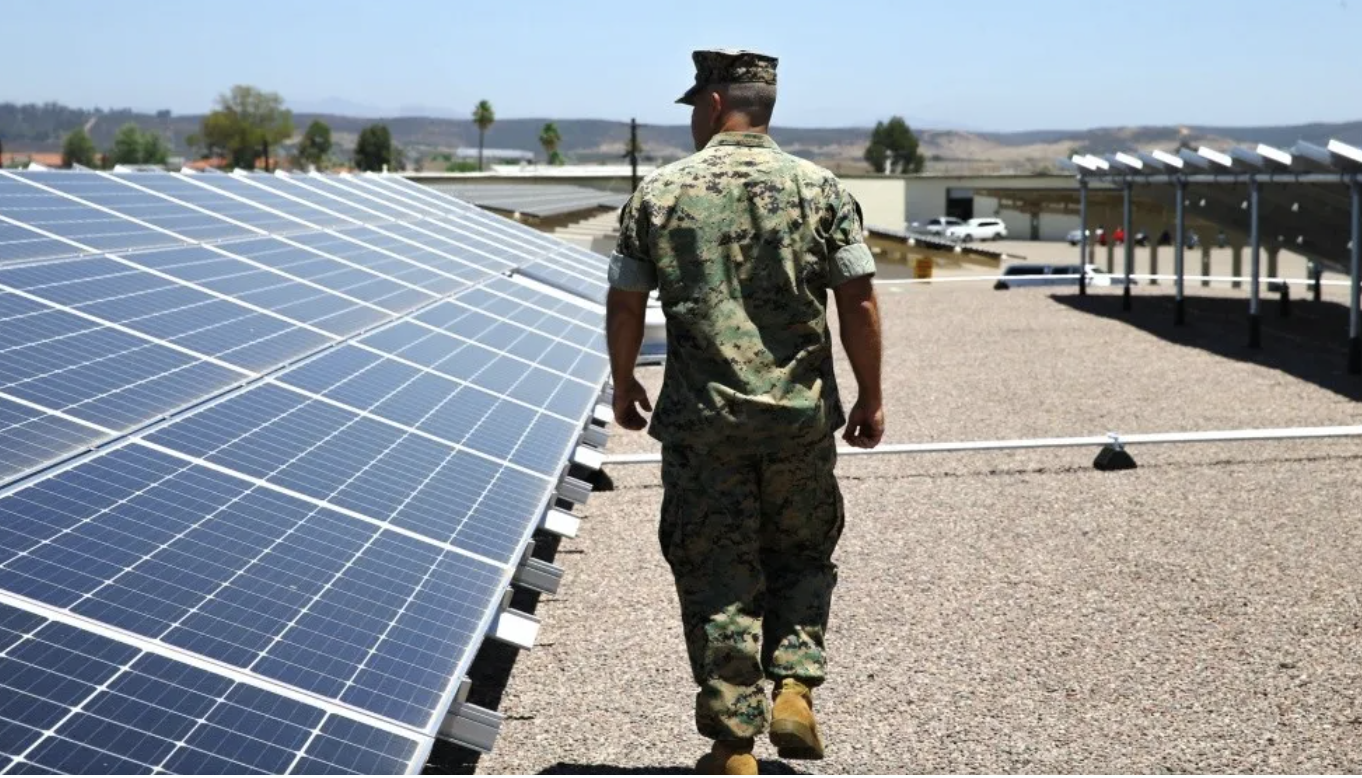 Do you often wonder why your parents keep chiding you for forgetting to turn off the lights?
Do you often wonder why your parents keep chiding you for forgetting to turn off the lights?
Through electricity, AC, and more, we use a lot of energy. To produce this electricity, factories need to burn carbon-emitted fossil fuels, which pollute the planet.
But did you know that a new, sustainable method of energy generation is now gaining quick popularity in the U.S. Army? Yes, microgrids appear to be kickstarting the future of safe and sustainable power generation.
But, before we dive into how the U.S. Army is harnessing microgrids, let’s analyze how microgrids could be the answer to the long-standing problem of sustainable energy generation.
What Are Microgrids?
 Microgrids are localized power grids that are operated completely independently to provide electricity in an area. They rely entirely on renewable energy sources to store their own energy: hydropower, wind energy, and solar panels. They can provide energy for buildings or hospitals and a series of microgrids can power entire cities.
Microgrids are localized power grids that are operated completely independently to provide electricity in an area. They rely entirely on renewable energy sources to store their own energy: hydropower, wind energy, and solar panels. They can provide energy for buildings or hospitals and a series of microgrids can power entire cities.
But what makes microgrids different from traditional methods of electricity production?
The handiness of microgrids emerges when a power outage or storm temporarily shuts down the primary electricity grid. Currently, in the United States, the power grid spans thousands of miles and includes several power plants.
Despite an outage, microgrids can continue to provide electricity during critical situations. Its software systems can also effectively manage energy, maintaining power supply. This phenomenon is known as “islanding”.
Furthermore, remote locations, not connected to any power grid, can receive a constant stream of power from microgrids. With close to a billion people in the world living without electricity, microgrids have the potential to light a bulb in every home, sparking an everlasting electric revolution.
How Is the Military Benefitting From Microgrids?
 The Department of Defense (DoD) is one of the world’s largest emitters of carbon dioxide. To reverse their emissions, the DoD has created plans to become power-resilient and carbon-neutral by 2050. Not only will this switch to microgrids result in a reduction of emissions but will also protect the DoD from attacks on U.S. power grids.
The Department of Defense (DoD) is one of the world’s largest emitters of carbon dioxide. To reverse their emissions, the DoD has created plans to become power-resilient and carbon-neutral by 2050. Not only will this switch to microgrids result in a reduction of emissions but will also protect the DoD from attacks on U.S. power grids.
Around 16% of the DoD’s energy uses come from renewable sources, but this number is expected to increase to 25% by 2025. Currently, over 90% of Pentagon bases worldwide seek to become energy-independent.
To help achieve the DoD’s plans, several bases have started investing in resilient power sources such as microgrids. For example, the Marine Corps Air Station, Miramar in San Diego uses energy sources from inside the city which can sustain the bases for three weeks. This grid is powered by solar and methane gas, but in the coming years, the base aims to be entirely powered by a renewable energy microgrid.
Although microgrids are in a blossoming stage, their use will hopefully explode in the coming years. The energy supply sector accounts for 35% of worldwide emissions. Hopefully, microgrids can resolve electricity gaps between rural and urban areas and provide a flexible, safe, and eco-friendly method of power supply.
Sources: United Nations, Green Biz, NPR







